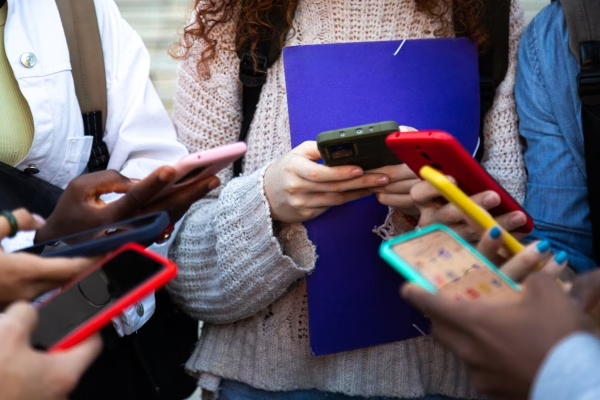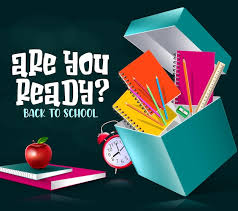Crash Course
Schools provide safe space for tough discussions, safe discourse

Whether it’s ‘being canceled’, offending someone you didn’t intend to offend, or losing relationships due to a difference in standpoint, speaking your mind can be a nightmare. Let’s face it, we all hate being wrong. The satisfaction of being right is just too powerful.
But in the midst of such complex issues socially and politically, is anyone completely right? The issues we face today are more nuanced and rarely fit into a multiple choice question. The sad part about that is how we treat these issues. We treat them like there is one definite answer when in reality there could be infinite different responses, all worth hearing and discussing.
The ‘No Place For Hate’ initiative at Bridgeland attempted to distribute a video lesson addressing the topic of implicit bias. It was met with backlash and concern from parents about the nature of the lesson and whether it was appropriate to discuss at school.
The lesson was modified and limited to just present an opportunity for kids to share their experiences or thoughts on the issue. Personally, in my class, the only response to the opportunity was the loudest silence I’ve ever heard.
It’s in this fear, this lack of bravery and initiative we let these issues fester until the wounds are permanent. Not being able to talk about our stance on social issues is a social issue. If we can’t feel safe enough in a classroom to speak our minds, how can we do so in the real world?

The classroom is the ideal environment to express thoughts and perspectives. School consists of a diverse population which makes for different perceptions on topics based on experience. It is through sharing these experiences we get to understand other people’s ‘why’. Why they think that way. Why they find their truth there. Life happens at high speed, and there isn’t much time to hear others’ ‘why’. But in a classroom that consists of at least 19 people rather than a city filled with 1.9 million, we can slow down and take in a different ‘why’. Through hearing other people’s truths, we can reflect, respect, and maybe even adapt the angle of the lens we see the world through. And should the conversation turn in a negative direction, a mediator is at the disposal, the teacher.
As not only a student but a teen trying to navigate through a messy world right now, It’s like I’m being sent up an uphill battle to try to find ‘what side I’m on’ only to get to the top to be sent down. Sent down to not share your thoughts unless you want to cut yourself off from ‘the other half’ or those who don’t share your opinion completely. Sent down to be met with the classic, “If you don’t speak up about what you believe in, do you really believe in it?” We send each other up the hill into a winless battle.
Opening our minds to other ideas rather than opening our mouths to spread hatred is the only way a community can tackle these problems. It’s not choosing one side. It’s choosing to listen along with speaking. It’s accepting instead of denying the fact everyone is different.
By adults closing the door on an opportunity to explore these issues in a mediated way, they are teaching children that listening to varying opinions is dangerous.
Sure, parents are trying to shelter their children from uncomfortable conversations. But, the problems we face today are not going to be solved sitting around, looking at each other in silence.
Instead, encourage students to do what adults of today apparently cannot. Teach students to respect rather than resent other opinions. Teach students that sharing leads to solutions and our voices do matter.

Haylie Stum is a third-year staff member and is the Co-Editor-In-Chief of The Bridge. When not working in the journalism field, you can find her on the...









